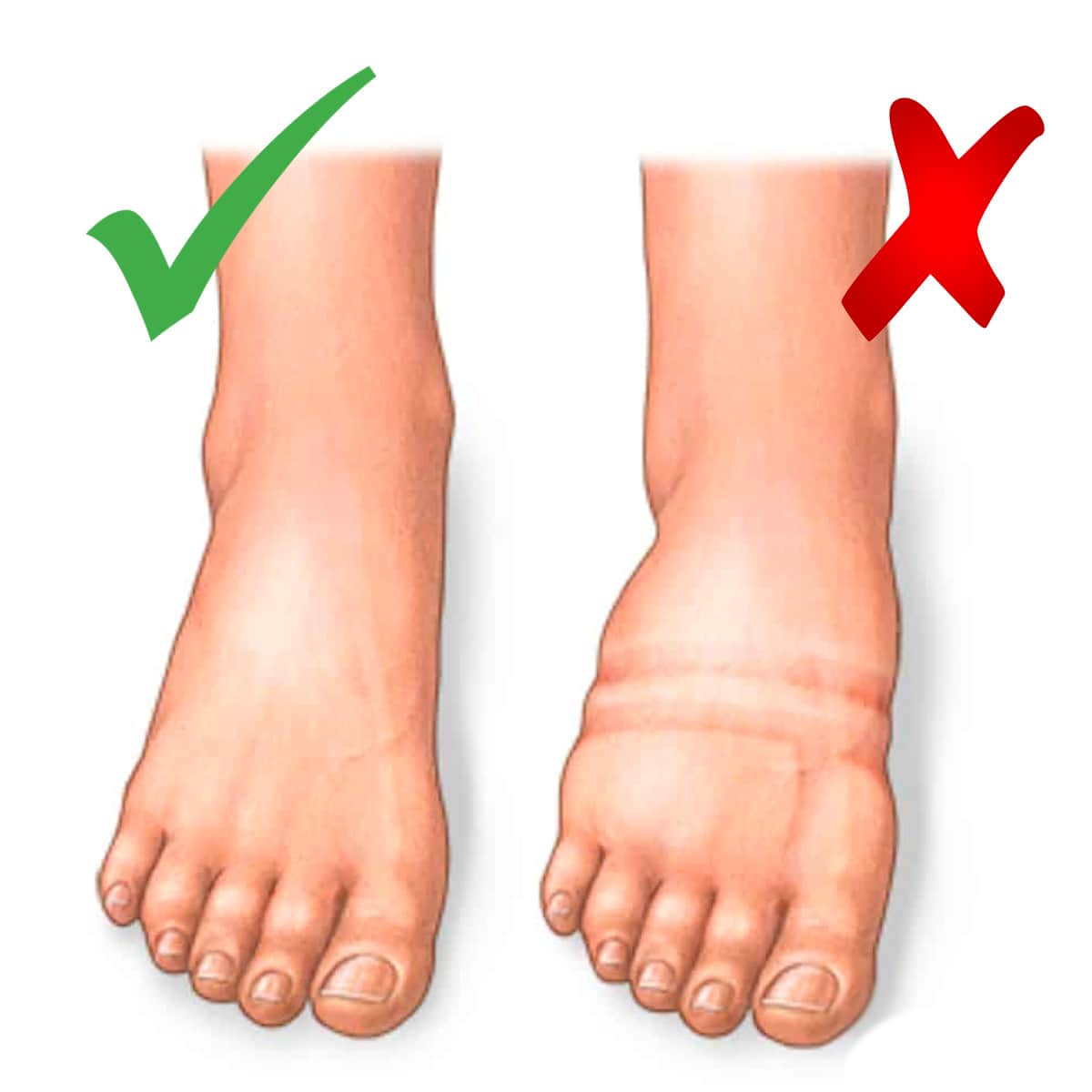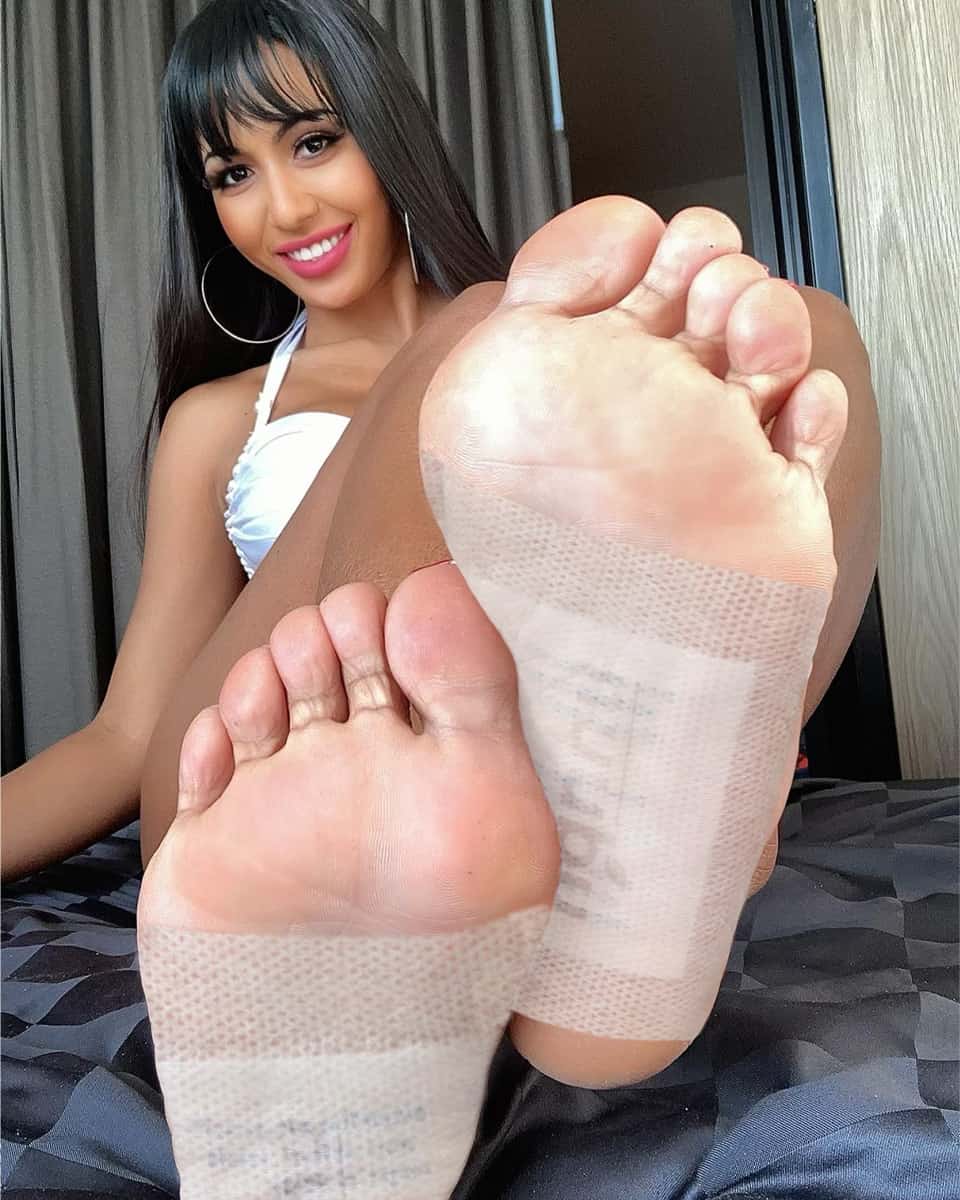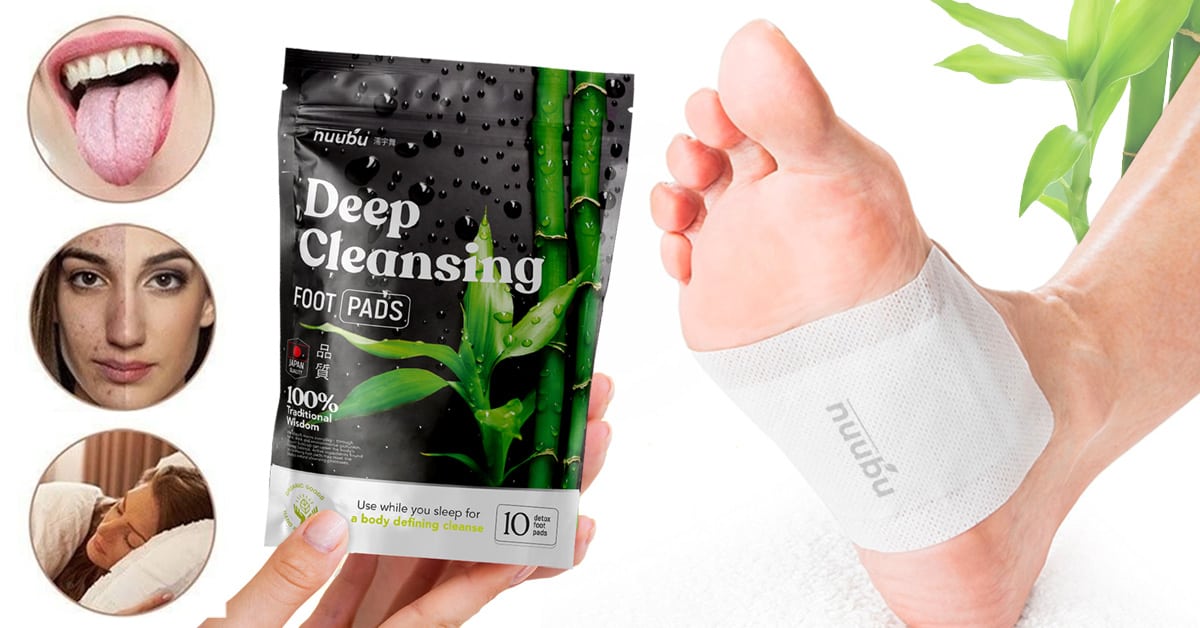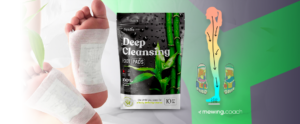Hitting the road for a long drive? While you’re busy taking in the sights, your ankles might be feeling the strain. Experiencing swollen feet after sitting for extended periods is a common occurrence, especially during car journeys. This discomfort, known as edema, isn’t unique to car travel – frequent flyers often experience foot swelling during air travel too.

While usually harmless, understanding the causes of swelling in the legs and having simple solutions at your disposal can make your next road trip much smoother. Let’s dive in and explore the reasons behind swollen ankles, tips for preventing them, and when to seek medical advice to ensure a comfortable and enjoyable journey, wherever your travels take you.
Effects of Lengthy Drives
Prolonged sitting and reduced movement during lengthy drives contribute to post-driving ankle swelling. Research indicates that sitting for extended periods, such as during long car rides, can lead to swelling in the feet and ankles, which further aggravates by differences in muscle activity between sitting and standing positions.
Slouching while driving can compress the veins in your legs, hindering blood flow and contributing to ankle swelling. Maintain good posture by sitting upright with your back supported against the seat and your knees slightly bent.
Taking breaks to transition from sitting to standing intermittently can help alleviate leg swelling. Furthermore, incorporating leg movement by flexing the ankles and hips following prolonged standing can help reduce discomfort and prevent poor circulation, ultimately mitigating ankle swelling.
To combat post-driving swelling, it’s recommended to take brief walking breaks every half-hour during the journey and engage in post-drive massages for additional relief. Also, check for factors such as dehydration, poor posture, and tight clothing to prevent edema while driving.

Essential Tips for Preventing Swollen Ankles
Prepare for a drive by taking steps to minimize ankle swelling. Ensuring proper hydration, wearing compression socks, and taking regular breaks to stretch your legs before hitting the road are highly recommended. These proactive measures, along with the additional ones mentioned below, can help prevent swollen ankles and ensure a comfortable drive.
1. Foot Detox Pads as a Supplementary Solution
Using detox foot pads can help reduce swelling and take care of your feet in a holistic way. There are several different brands available, but Nuubu deep cleansing foot pads stand out among all for their potential benefits in detoxification and relief.
These pads adhere to the soles of your feet, harnessing natural ingredients like bamboo vinegar and tourmaline to draw out toxins and impurities. As the pads work their magic overnight, users may notice changes in the patch color in the morning. Read our blog about foot patch color meaning to understand how different colors reflect the substances pulled from the body.

This process not only aids in detoxification but also promotes relaxation and rejuvenation, making foot detox pads a promising option for addressing swelling and enhancing overall well-being. If you suffer from swelling after driving, utilizing detox foot pads overnight can help alleviate the discomfort, allowing your feet to relax.

2. Stay Hydrated for Optimal Blood Circulation
Staying well-hydrated on long drives is crucial to fight foot swelling. The connection between dehydration and ankle swelling is that dehydration thickens your blood, making it harder for your body to circulate fluid effectively. This can lead to fluid pooling in your ankles, causing them to puff up.
To stay properly hydrated, avoid sugary drinks and choose water or unsweetened beverages. Aim to drink even before you feel thirsty, as thirst is a sign of early dehydration. Consider carrying a reusable water bottle and refilling it regularly throughout your journey.
3. Take Regular Breaks and Move Around
Encourage taking regular breaks during activities to stretch and enhance blood circulation, especially if you’re experiencing ongoing swelling in a sprained ankle. These breaks provide opportunities to engage in short walks, which are crucial for promoting healing and reducing swelling.
Read this instructive guide to learn more about “Why is my sprained ankle still swollen?”.
4. Optimize Posture and Footwear
Maintaining good posture while driving is key to preventing ankle swelling. Slouching can compress the veins in your legs, hindering blood flow and contributing to edema formation in your ankles and feet.
To ensure optimal posture, adjust your seat so your knees are slightly bent and your back is supported against the backrest. Avoid slouching or hunching over the wheel. Additionally, avoid sitting with your legs crossed for extended periods, as this can also restrict blood circulation and exacerbate swelling.
You can choose comfortable, supportive shoes that allow for proper foot movement. Avoid wearing tight-fitting shoes that constrict your ankles and feet, similar to how high heels can restrict circulation and cause discomfort. Learn more about how to manage pain from wearing high heels in this blog post.
5. Elevate Feet and Consider Compression Socks
While driving, elevate your feet whenever possible. Use a footrest or prop your feet up on a small bag to encourage fluid drainage from your ankles. Additionally, consider wearing compression socks. These socks gently squeeze your legs, promoting blood flow and reducing fluid buildup.
Compression socks can be especially helpful for individuals prone to foot swelling during long journeys, similar to how they can be beneficial for managing pain from wearing high heels for extended periods.
If you have other foot health issues apart from edema, such as cracked heels, explore our foot care tips for cracked and dry feet.
Easing Swollen Ankles Right After a Car Drive
Upon completing a car drive, relieve swollen ankles with simple techniques. Firstly, elevate your feet above heart level, using cushions or a footrest if available, to encourage fluid drainage and reduce swelling.
Next, perform ankle circles by gently rotating your feet in both directions to stimulate blood flow and alleviate stiffness. Additionally, apply a cool compress to the swollen areas for a few minutes to constrict blood vessels and reduce inflammation. These methods provide immediate relief from swollen ankles and can be easily incorporated into your post-drive routine.
If you notice foot odor after taking off your shoes post a long drive, consider using remedies for stinky feet. Try foot soaks with baking soda or apple cider vinegar to neutralize odor and maintain foot hygiene along with providing relief from ankle swelling.



